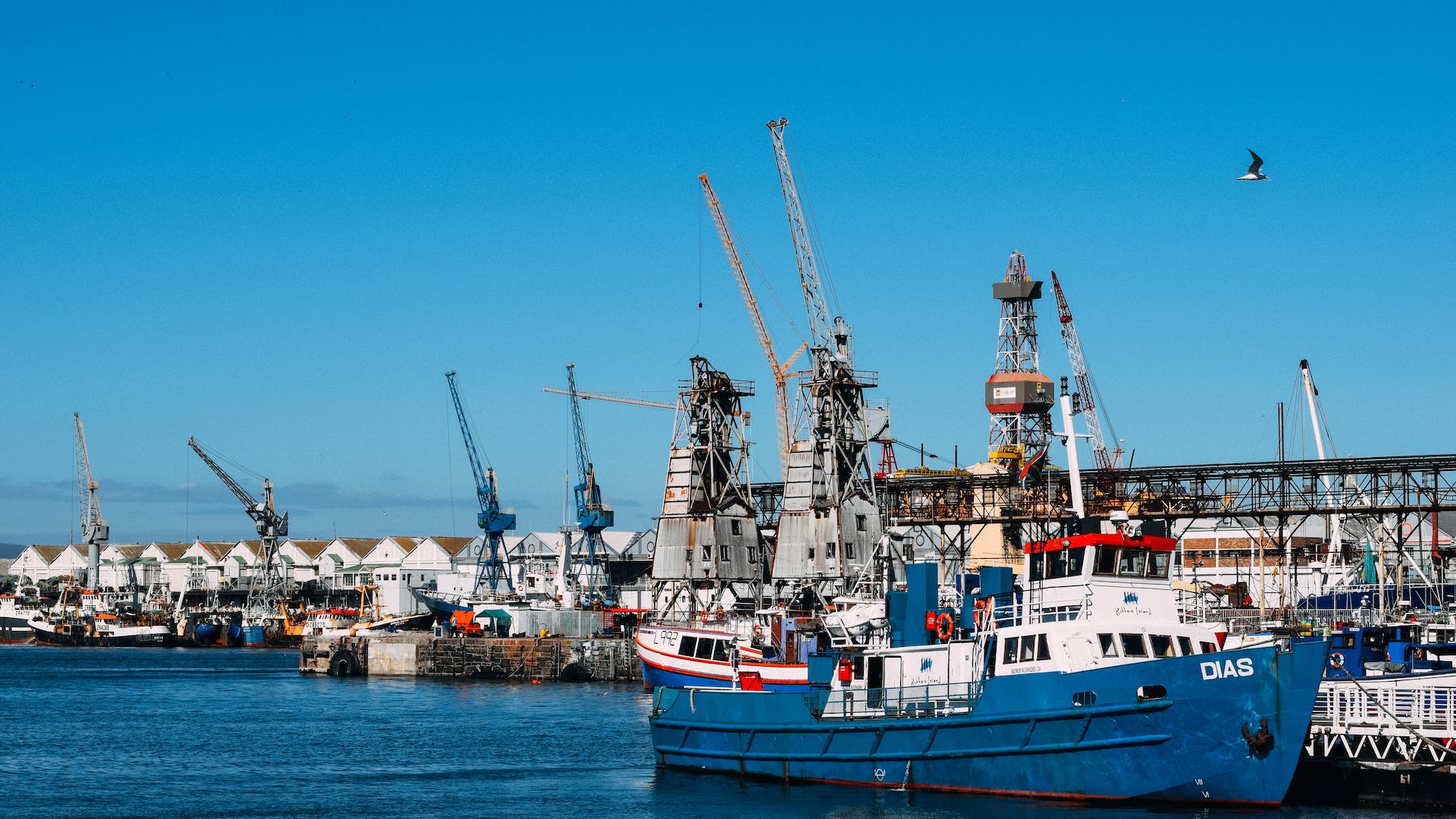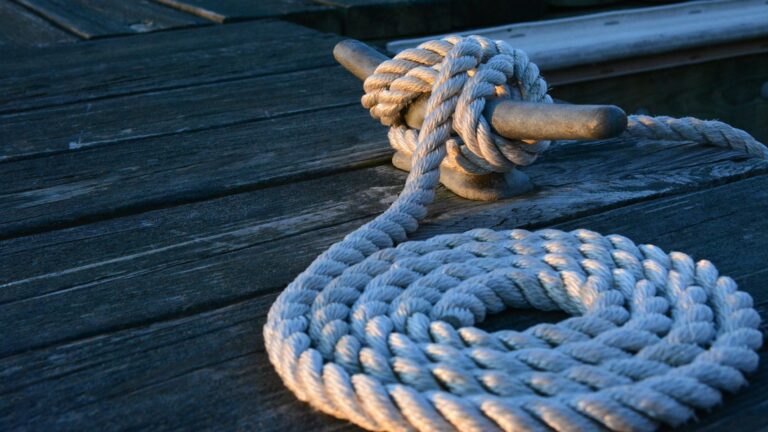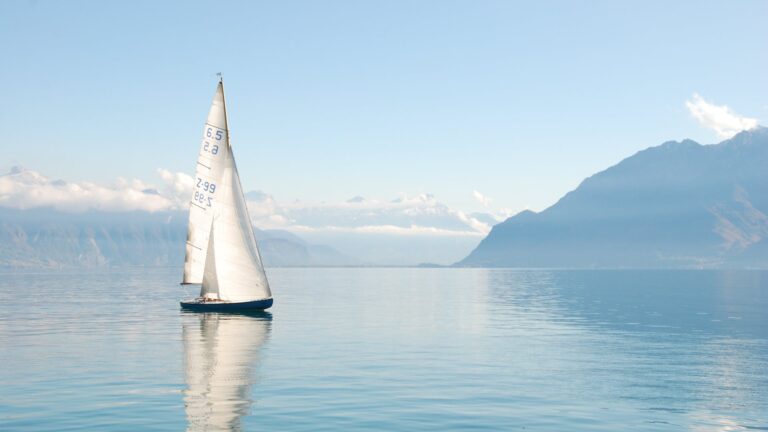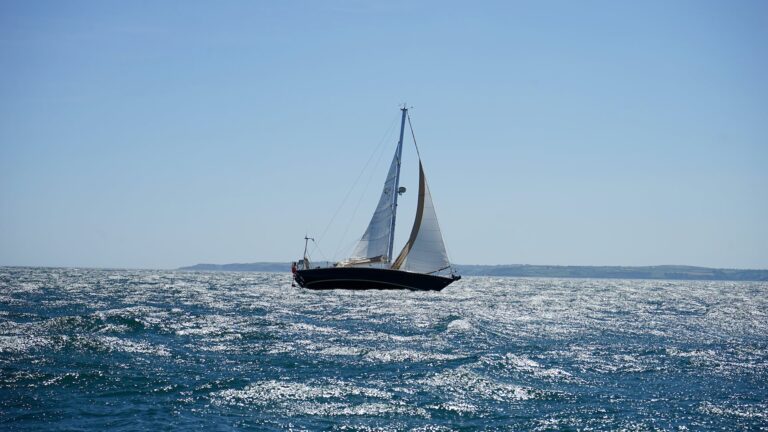How Are Sailors Punished At Sea?
Punishment At Sea – How Sailors Are Discipline On Board
Sailing has been a part of human life for centuries, with seafaring vessels taking to the oceans in search of new trade routes, resources and exploration opportunities.
Whilst many might think of the adventure and excitement that comes with sailing, it is important to remember that sailing was a difficult job with strict discipline needed among the crew to ensure safety and success during long voyages on the high seas.
As such, it is not surprising that punishments for misdemeanors were harsh, but necessary, in order to maintain order on board ships and ensure those under command followed orders diligently and put the safety of their shipmates before their own interests or desires.
In this article, we will take a look at some of the punishments sailors faced while at sea and their role in maintaining discipline on board ships throughout history.
Definition of Punishment At Sea
Punishment at sea refers to any form of disciplinary action taken against sailors who have broken the rules or failed to follow orders while aboard a vessel sailing on an ocean or other large body of water.
This could range from verbal reprimands or warnings from superiors to physical punishments such as flogging or tarring and feathering, as well as more extreme measures such as keel-hauling or tying someone up with a rope and swinging them overboard.
Such measures were seen as necessary by captains in order to maintain law and order while out at sea, particularly during long voyages when tensions can run high among crew members due to boredom or limited resources available onboard the ship.
Types of Punishment
The most common form of punishment used by captains was flogging, which involved whipping someone with a rope’s end or cat o’ nine tails until they had received a specified number of lashings determined by their crime (usually between 3-20).
This was done publicly so that all crew members could witness the punishment being meted out for their own transgressions if they were ever tempted to break any rules themselves in future.
Tarring and feathering was another form of punishment used by captains which involved covering someone in hot tar then pressing feathers into it until it had cooled, creating an uncomfortable sensation on their skin which would last for days afterwards; this was often used for more serious offences committed against fellow crew members or officers rather than minor misdemeanors such as not following orders correctly or stealing food from other crew members (which would usually result in flogging).
Flogging
Flogging was usually carried out while someone was tied up so they could not move freely during punishment; this often occurred on deck before all other crew members so everyone could witness what happened if someone broke any rules whilst aboard ship.
A captain would read out what crime had been committed before issuing lashings (using either a rope’s end or cat o’ nine tails) until they had received what he deemed an appropriate amount for their actions (usually between 3-20 lashings).
This form of punishment often left scars that lasted long after the voyage had ended but served its purpose in deterring others from committing similar offences onboard ship in future; it also showed just how seriously captains took it when orders were not followed correctly or crimes were committed against other crew members whilst aboard ship – it was better not to break any rules!
Tarring and Feathering
Tarring and feathering was another form of punishment used by captains which involved covering someone in hot tar then pressing feathers into it until it had cooled, creating an uncomfortable sensation on their skin which would last for days afterwards; this was often used for more serious offences committed against fellow crew members or officers rather than minor misdemeanors such as not following orders correctly or stealing food from other crew members (which would usually result in flogging).
It was also sometimes used for those who had deserted their post without permission; this form of punishment served two purposes: firstly, it made sure that those who deserted were suitably embarrassed when they returned onboard (as tarring and feathering left marks that could not be easily hidden) whilst also providing a deterrent to others considering desertion – no one wanted to be tarred and feathered!
Tying To A Rope And Swinging Overboard
Tying someone up with a rope then swinging them overboard was another form of punishment which could be meted out by captains; this would usually involve tying them up then attaching them to a rope hanging off the side of the ship before slowly lowering them over the edge so they ended up suspended over the ocean below – although this rarely caused death due to only being done over short periods with breaks given every few minutes so they could come back onboard – it certainly served as an effective deterrent against further misdemeanors! Similarly, keel-hauling involved dragging someone round underneath the ship until they reached dry land again; this often resulted in injury due to debris being dragged along with them but provided an effective deterrent against further misbehavior!
Morality And Discipline On The Ship
Punishment at sea was seen as essential by many captains in order to maintain morality and discipline onboard ships; without punishments such as flogging or tarring & feathering there would be little incentive for sailors to obey orders correctly or keep within accepted boundaries set out by captains – leading potentially dangerous situations where chaos could reign rather than order! It is clear therefore that punishments were vital in maintaining law & order onboard vessels sailing across oceans & seas throughout history; without them there is no telling what may have happened!
The Role Of The Captain
The role played by captains when punishing sailors should not be underestimated either – aside from ensuring orders were followed correctly & ensuring justice prevailed amongst sailors he commanded they also had an important psychological role too – his presence when punishing anyone ensured everyone knew justice had been served & should serve as reminder that misbehaving onboard ships did not go unpunished! Captains took their roles very seriously & were often willing risk much personal reputational damage if necessary when punishing those under command – showing just how seriously he took his job & why punishments at sea remained so severe throughout much history!
Benefits Of Punishment At Sea
Whilst punishments at sea may seem harsh & cruel today there are some benefits associated with them too; aside from providing much needed discipline onboard vessels sailing across oceans & seas throughout history they also helped promote team spirit amongst crews too – with everyone knowing justice would be served should anyone break any rules onboard meaning everyone felt much safer & secure during voyages away from home ports!
Additionally punishments helped promote respect between officers & sailors alike – something which is vital if crews are expected work together effectively during long voyages away from land!
Conclusion
In conclusion, whilst punishments at sea may seem harsh today we must remember why they existed: namely providing much needed discipline amongst crews sailing across oceans & seas throughout history!
Such measures ensured law & order prevailed onboard vessels ensuring all those under command followed orders diligently & put safety ahead personal interests/desires during voyages away from home ports – something which is still true today even though punishments may have become somewhat less severe since times past!







